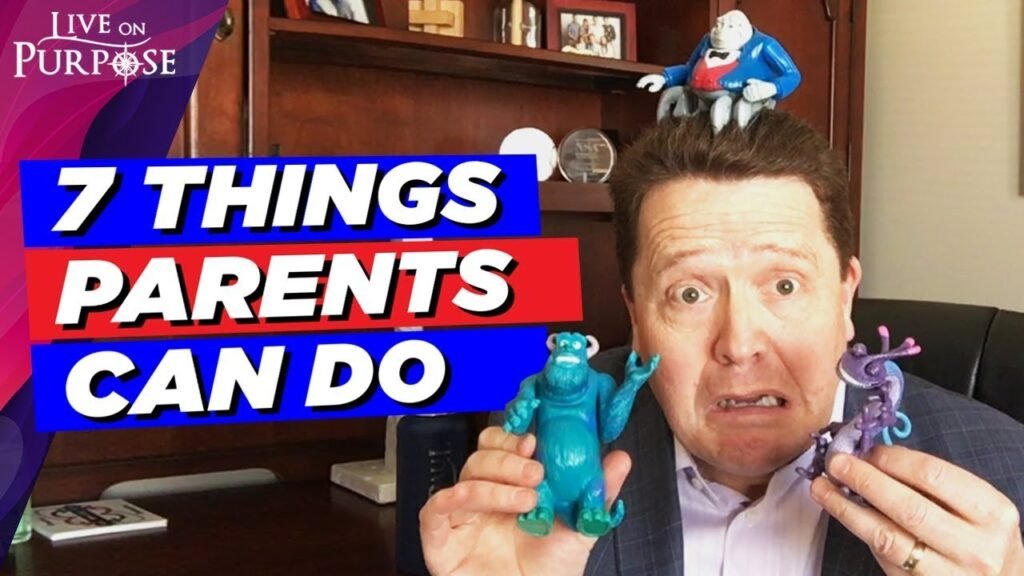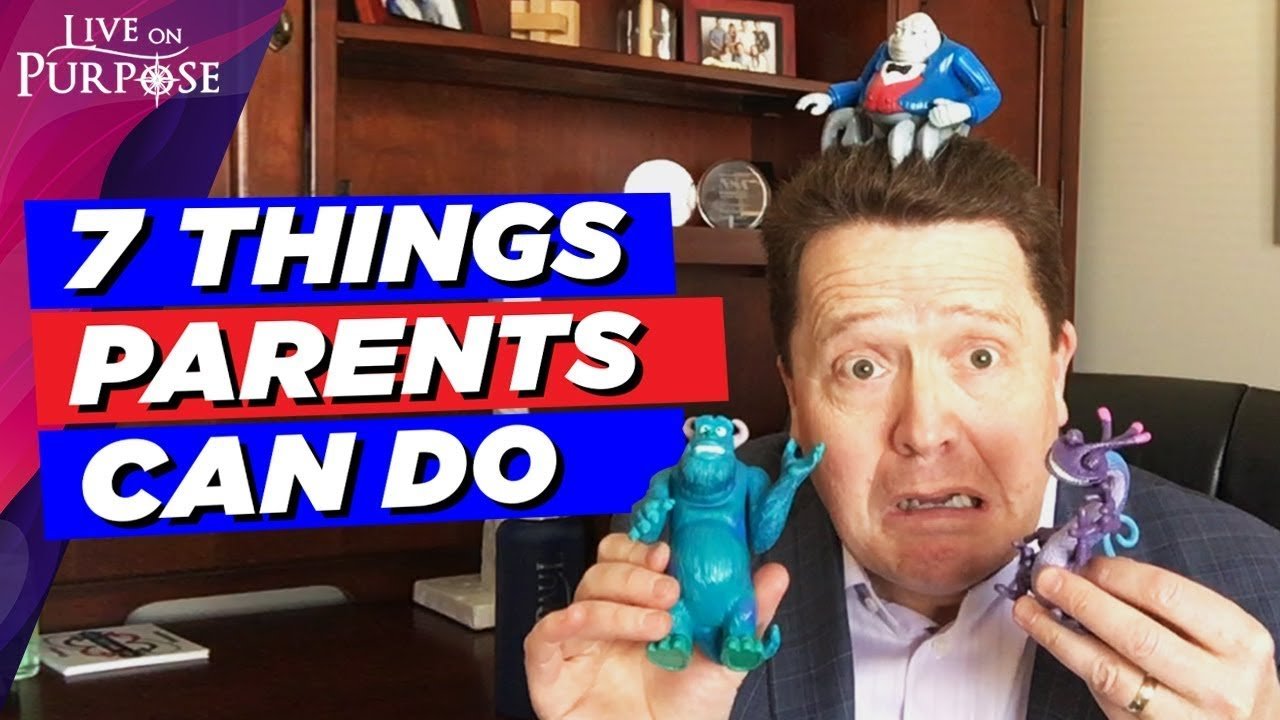When it comes to talking to kids about scary things, especially during a global pandemic like COVID-19, it’s important to address the issue head-on. Kids are observant and curious, and by avoiding the topic, we risk fueling their fears and leaving them with unanswered questions. Instead, it’s better to be honest about not having all the answers and reassure them that you’re there for them. Separating fact from hype is also crucial, as false news and opinions can easily spread, especially on social media. It’s important to rely on credible sources and not give in to panic or anxiety when discussing scary things with kids. As adults, we should maintain a sense of calm and inner peace, taking care of our own well-being first in order to support and guide children effectively. Additionally, tailoring the conversation to be developmentally appropriate and addressing specific concerns can help alleviate fears. By modeling appropriate self-care and keeping lines of communication open, kids will know they have a trustworthy adult they can turn to for answers, advice, or support.
In conclusion, talking to kids about scary things can be challenging, but it’s essential to have open and honest conversations. By actively addressing their questions and concerns, relying on credible sources, maintaining our own well-being, and tailoring the conversation to their developmental level, we can provide the support and guidance they need. Remember, you are the role model and support system they rely on, so being there for them and keeping those lines of communication open is vital. Take care of yourself and your children during these uncertain times.

Do Not Avoid the Issue
When it comes to talking to kids about scary things, it’s important not to avoid the issue. Children are observant and curious, and they will likely have questions or concerns about the scary things they’ve noticed or heard about. Even if you are unsure of what to say, it’s better to address the issue and be honest about your uncertainty than to avoid the topic altogether.
One helpful strategy is to acknowledge your own lack of knowledge or understanding. If you don’t know all the answers, it’s okay to say that. Let your child know that you are there for them and that together, you will figure things out. Reassuring them that they can rely on you for support and guidance can provide them with a sense of security during uncertain times.
By not avoiding the issue and engaging in open and honest conversations, you are showing your child that they can trust you and rely on you for information and support. It is far better for them to hear from you, even if you don’t have all the answers, than to feel like you are not willing to address their concerns.
Separate Fact from Hype
In today’s age of information overload, it is crucial to separate fact from hype when discussing scary things with children. There is an abundance of false news and rumors, as well as opinions presented as facts, circulating on social media and other platforms. Therefore, it is important to consider credible sources and not rely on unreliable information.
When engaging in conversations with children about scary topics, it is essential to base your own counsel on things that are verifiable and credible. Social media is not a reliable source of information, and it can often perpetuate panic and worry. Take the time to fact-check information and cross-check multiple sources before sharing it with your child.
Teach your child the importance of relying on credible sources and critical thinking. Help them understand how to discern between reliable information and baseless rumors. By modeling this behavior and teaching them how to evaluate information, you are empowering them to navigate the overwhelming amount of information they encounter.
Maintain Calm and Peace
Discussing scary things with children can be challenging, especially when adults themselves feel fear and anxiety. It is important to maintain your own sense of calm and peace during these conversations. While it is natural to have concerns, taking care of your own well-being first is necessary to support and guide children effectively.
Children often look to adults for cues on how to react in situations. By remaining calm and composed, you can provide your child with a sense of stability and security. It is okay to acknowledge your own anxieties, but be mindful of how you express them. Showing your child that you are dealing with your fears in a healthy manner can reassure them that they can handle their own worries as well.
Take the time to address your own anxieties before discussing scary things with your child. Practice self-care and engage in activities that help you maintain a sense of calm. This might involve seeking support through therapy, joining coaching groups, or participating in programs that focus on psychological well-being. By taking care of yourself, you are better equipped to provide support and guidance to your child.
Tailor the Conversation
When talking to children about scary things, it is important to consider their developmental stage and tailor the conversation accordingly. Children at different ages and stages of development have different abilities to understand and process information. Avoid overwhelming them with too much information or concepts that they may not be ready to grasp.
Be sensitive to your child’s readiness and capacity to understand certain topics. Gauge their response and adjust your approach accordingly. It is important to strike a balance between providing enough information to address their concerns without overwhelming them with unnecessary details.
Listening to your child’s questions and concerns is crucial in tailoring the conversation. Pay attention to what they are asking and address their specific worries. By responding directly to their inquiries and worries, you can provide them with the information they need and alleviate their concerns.
Ask the Child
In addition to tailoring the conversation based on your child’s developmental stage, it is important to actively inquire about their knowledge and concerns. Ask them what they have heard, what they are thinking, and what worries them. By doing so, you can guide the conversation and address their specific concerns effectively.
Asking questions helps you understand what your child is experiencing and gives them the opportunity to express their thoughts and feelings. By actively listening and engaging in a dialogue, you can provide the necessary support and reassurance.
Open-ended questions that encourage your child to share what they’ve heard or how they are feeling can be especially helpful. Avoiding closed-ended questions that only require a simple “yes” or “no” answer can allow your child to open up and elaborate on their concerns. Creating a safe space for them to express themselves is essential in building trust and fostering open communication.
Model Self-Care
Children learn by observing their parents and caregivers. Therefore, it is crucial to model appropriate self-care, especially during challenging times like the COVID-19 pandemic. By setting a good example in terms of hygiene, health, exercise, sleep, and nutrition, you can teach your child the importance of taking care of themselves.
Explain to your child the significance of practicing good hygiene, such as proper hand-washing techniques and following guidelines for staying safe during a pandemic. Encourage them to engage in physical activities and prioritize regular exercise. Emphasize the importance of getting enough sleep and eating a balanced diet to support their overall well-being.
By prioritizing your own self-care, you are showing your child that taking care of oneself is essential for physical and mental health. This sets a positive example for them to follow and helps them understand the importance of self-care throughout their lives.
Keep Communication Open
Maintaining open lines of communication is key when talking to children about scary things. Children need to know that they have a trustworthy adult they can turn to with their questions, concerns, and worries. By providing answers, advice, and support, you can help alleviate their fears and provide them with a sense of security.
Let your child know that they can always come to you when they have questions or concerns. Encourage them to reach out to you whenever they need advice or support. By creating a safe and non-judgmental environment, you foster open communication and build a strong foundation of trust.
When your child approaches you with questions or worries, take the time to provide thoughtful and age-appropriate responses. Listen attentively and validate their feelings. Even if you don’t have all the answers, assure them that you will find the information or seek appropriate help together. By being present and responsive, you show your child that they are not alone and that you are there for them.
In conclusion, talking to kids about scary things requires open and honest communication, separating fact from hype, maintaining calm and peace, tailoring the conversation to their developmental stage, asking the child about their concerns, modeling self-care, and keeping lines of communication open. By following these guidelines, you can effectively address their questions and concerns and provide the support and reassurance they need. Remember, your role as a loving and trustworthy adult is crucial in helping children navigate scary situations and build resilience.

